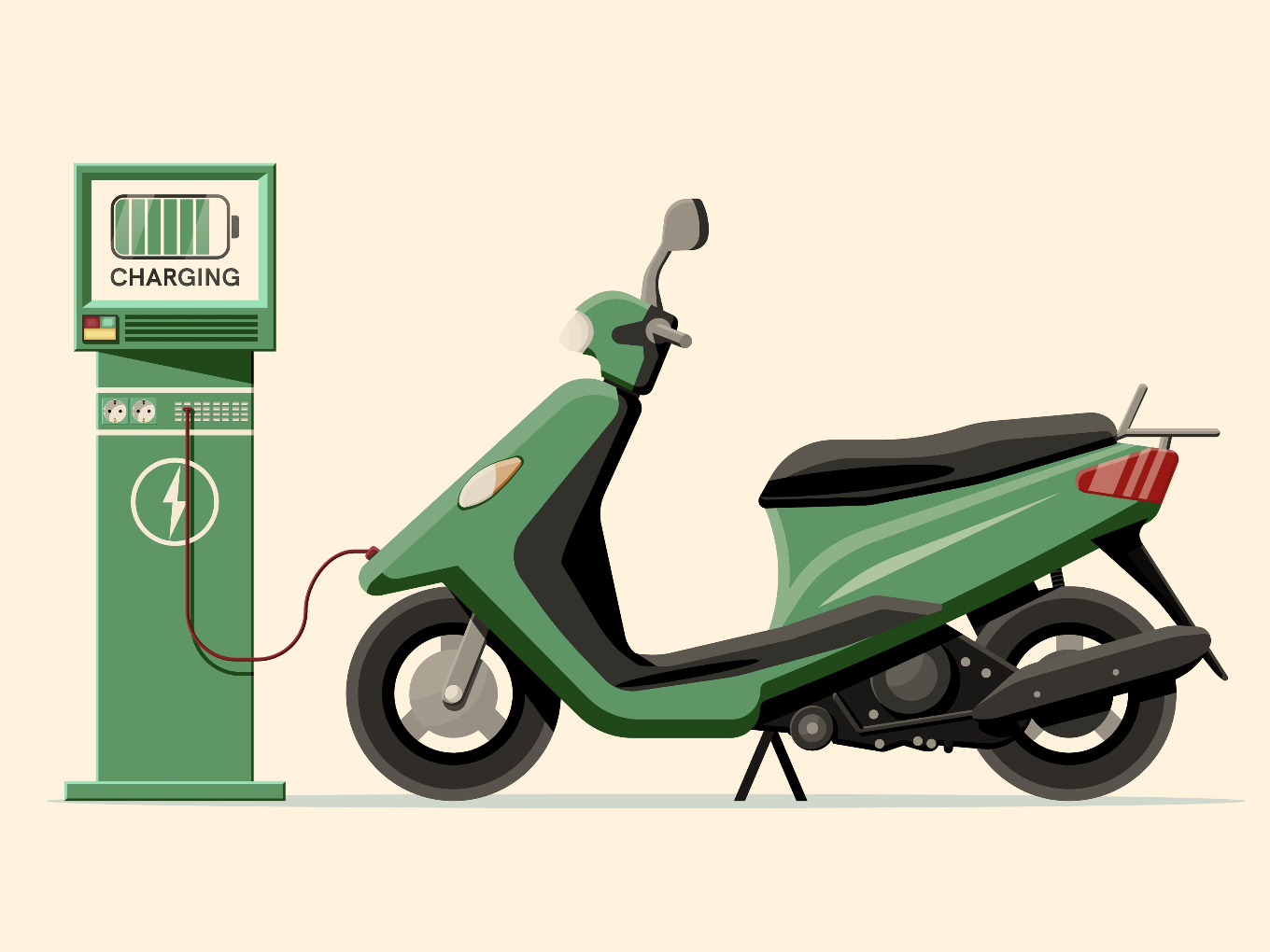Why Future Of Mobility Is Electric

The popularity of ebikes isn’t slowing down. Driven by an increasing inclination towards sustainability and rising fuel costs, ebikes have certainly become an e-mobility alternative. Recent stats suggest – the e-bicycle market valuation in India is projected to touch $2.08 Mn by 2026, higher than the $1.02 Mn recorded in 2021.
The humongous jump in demand is further reflected by an increasing acceptance of EVs in India, starting from electric two-wheelers to now evolving into e-bicycles.
Though the sector is still at its nascence, Tier 1 cities like Mumbai, Delhi, Bengaluru, etc. are the leading drivers of e-bicycles’ growth where commuters look for affordability, sustainability and at the same time, an alternative that can offer an enhanced commuting experience.
Usually, there are two types of e-bicycles – throttle assist which allows the rider to shift into motor mode and move forward without pedalling and pedal assist which requires the rider to pedal the cycle manually.
The evolution of e-bicycles is gradually outpacing the demand for traditional bicycles as it minimises human effort by 70-80%.
As the industry is innovating itself, several other factors are contributing to its phenomenal growth.
Rising Fuel Costs
The sheer affordability of EV adaption is leading to soaring sales of ebikes in India. For decades, two-wheelers or scooters have been an affordable choice of personal mobility. A vast majority of the Indian population has relied on such transport options.
However, the exponential rise in the cost of petrol has pushed customers to switch to electric two-wheelers.
Constantly rising fuel prices are one of the most sensitive drivers for EV penetration in India. Simply put, the ownership cost is a one-time investment for the consumer while it is cheaper to run than fuel-powered vehicles.
Technology integration for new-age customers
Gone are the days when people used to pay a few pounds extra for purchasing a GPS-enabled bicycle. In today’s digitally driven world, ebikes are increasingly being integrated with new-age technologies to supplement evolving customer needs.
The modern ebikes are becoming a game-changer in the advanced and greener world. Apart from boasting a futuristic design, the ebikes are also backed by a range of data-driven technologies.
As consumers are prioritising fitness and adventurous experiences, ebikes are demonstrating their game-changing capabilities. These vehicles present a range of data related to the location, speed, calorie consumption, distance travelled and information on battery life.
Ease In Financing And Accessibility
Ebikes, especially e-bicycles are considered costlier than standard electric two-wheelers due to their futuristic design, engine, high-power battery and tech enablement. To ensure that higher cost does not inhibit its overall sales, many industry players have started coming up with easy financing options like EMIs.
This makes the vehicle more affordable and easy to finance.
Besides this, a few ebike players have started combining their online marketplace with offline sales networks to create a strong and lasting bond with customers. This captures the essence of an ebike by allowing the potential customers to walk in and get the touch and feel or maybe a test ride before plonking their money onto it.
Additionally, it assures the customers about the ease of ownership, service and after-sales support during the lifecycle of an ebike.
Government’s Intervention
The Indian government is continuing to support the EV industry by implementing several measures at the state and centre levels. India’s manufacturing infrastructure demonstrates enormous capabilities to develop EVs and ebikes at a reduced cost.
Subsequently, the government is doing its part by offering financial incentives and subsidies for ebike manufacturing. The government is providing subsidies under FAME and so far, it has announced initiatives like PLI Scheme, Battery Switching Policy, Special Electric Mobility Zone and Tax Reduction on EVs.
Bottomline
The government has already realised ebikes are the cornerstone in achieving net-zero carbon emission. The industry stakeholders and other players must work together and provide an opportunity to engage with customers directly, get feedback, and improve product features and service. Also, establishing deep ties with the cycling community can help promote e-cycling as a sustainable lifestyle.
The post Why Future Of Mobility Is Electric appeared first on Inc42 Media.
No comments